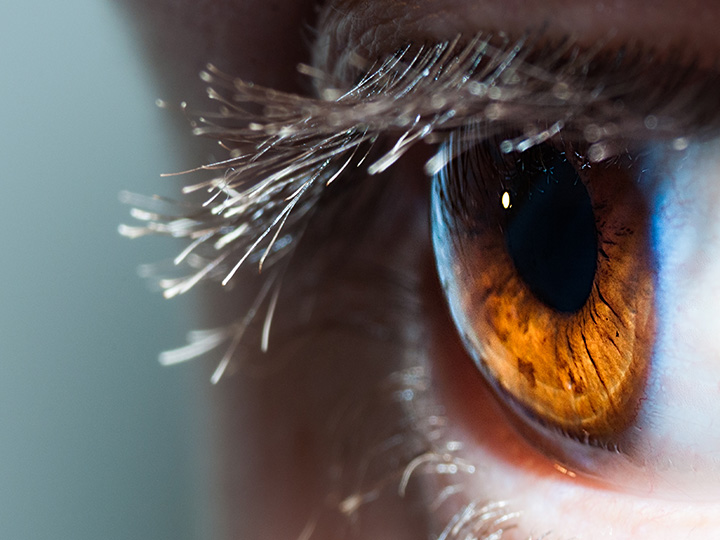
When an eye doctor peers into the back of your eye, a diabetes diagnosis could be staring back. An eye examination can be the first step in detecting diabetic retinopathy, a condition where high blood sugar damages blood vessels in the light-sensitive part of the eye, the retina. Bleeding, swelling and scarring in the retina can cause permanent vision loss.
“Since about 20 percent of people with Type 2 diabetes have diabetic retinopathy at the time of diagnosis, an eye exam may be the event that leads to the diagnosis of diabetes,” said Danica Marrelli, University of Houston clinical professor and director of the Ocular Diagnostic and Medical Eye Service. She notes that patients with diabetes should have regular eye examinations to look for early signs of diabetic retinopathy.
“Some of the early changes can occur without symptoms, and it is important to catch treatable retinopathy at its earliest stage. Even when the vision seems normal, changes may be occurring,” said Marrelli.
Where the eyes are concerned, they don’t merely tell the tale; they also suffer many more of the consequences. In addition to diabetic retinopathy, people with diabetes are more likely to have glaucoma and develop cataracts earlier. Glaucoma is a disease of the optic nerve that can lead to permanent blindness without treatment. It doesn’t have any symptoms and can only be detected through a comprehensive eye exam. Cataracts occur when the lens inside the eye becomes cloudy and cause blurred vision. Vision loss from cataracts is reversible with surgery to remove the cloudy lens and replace it with a clear lens implant, but cataract surgery may worsen diabetic retinopathy.
Diabetes can cause many other serious health issues, including heart disease and stroke. The good news, according to the National Institutes of Health, is that Type 2 diabetes can be delayed or even prevented by losing a modest amount of weight and being physically active most days of the week.
By the numbers
Though that might sound simple, when it comes to diabetes, the statistics indicate it is anything but: One out of 11 Americans are diabetic. Even worse, one out of four have no clue they are ill. Often called a “silent killer,” diabetes is the seventh leading cause of death among Americans. Out of the 30.3 million people with the disease in the United States, 95 percent have Type 2 diabetes. The problem is even greater in minority and ethnic populations, a focus of the UH Health initiative.
“There are medical deserts, where there’s not a whole lot of mental or physical health services built into the communities,” said Professor Ezemenari M. Obasi, director of the UH HEALTH (Helping Everyone Achieve a LifeTime of Health) Research Institute, which focuses on health disparities. Obasi, Dan O’Connor, HEALTH Research Institute Fellow, and team are out in Houston’s underserved Third Ward and East End communities several times a week, screening for diabetes and providing education, an effort funded by the United Health Foundation.
“When we go into the communities, we find that nearly everyone we’re screening has elevated biomarkers for diabetes. It’s the impact of experiencing chronic stressors, poor physical activity, diet choices, lack of insurance coverage and intergenerational poverty – having your parents, your grandparents, your great grandparents – all living in a history of poverty that leads to these health outcomes,” said Obasi.
“Low-income individuals have to, at times, make decisions between food and their medicines and associated medical supplies,” said Daphne Hernandez, assistant professor in the UH Department of Health and Human Performance. “Low access to healthy foods deters individuals from engaging in a nutrient-rich diet – a diet that emphasizes fruits, vegetables, and whole grains. A nutrient-rich diet is a diet recommended for diabetics but should be a diet that everyone follows.”
Rosenda Murillo, assistant professor in psychological health and learning sciences in the College of Education, concurs, adding that sustained community education will lead to reduction of the illness.
“Continuing community engagement efforts and community partnerships to prevent and manage diabetes among underserved communities in Houston will help to reduce the burden of diabetes among these communities,” she said.